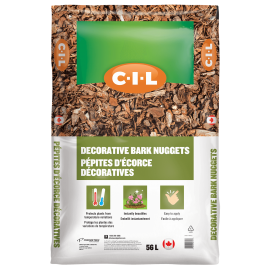Do’s & Don’ts of Fall Pruning

Even if it’s tempting to prune your trees and shrubs in the fall, it is best to put this off until late winter or early spring.
There is a simple rule for fall pruning: don’t do it, except to remove dead, damaged or diseased wood.
- Pruning in early fall may stimulate new growth at a period when the plants are about to enter into dormancy. This tender new growth doesn’t not have time to develop new buds and to harden before the cold weather sets in.
- In early fall, the pruning wounds do not have a chance to close and heal, leaving plants prone to diseases.
Late winter/early spring is an excellent time to refresh your plants by pruning:
- Remove any dead or damaged limbs. Prune back stray limbs that are out of the natural profile of the plant.
- Most trees and shrubs can be pruned at this dormant time of year. There are a few exceptions, so make sure you do your research to know which ones.
- On deciduous trees, clip suckers as well as any crossed or rubbing branches.
- Also, for early spring bloomers (such as lilacs, rhododendrons and forsythia), it is best to wait until after the blooming is finished. Otherwise, it is ok for all other shrubs. Pruning will invigorate your plants.
- To rejuvenate or renew neglected, overgrown flowering shrubs, this project will require extensive pruning. The best time to rejuvenate large overgrown shrubs is late winter/early It will have an impact on flowering until the shrub is re-established.
- Evergreen shrubs and hedges should have a light pruning in late winter/early spring to remove any winter-killed tips. By early summer, you might have to shear the new growth.




